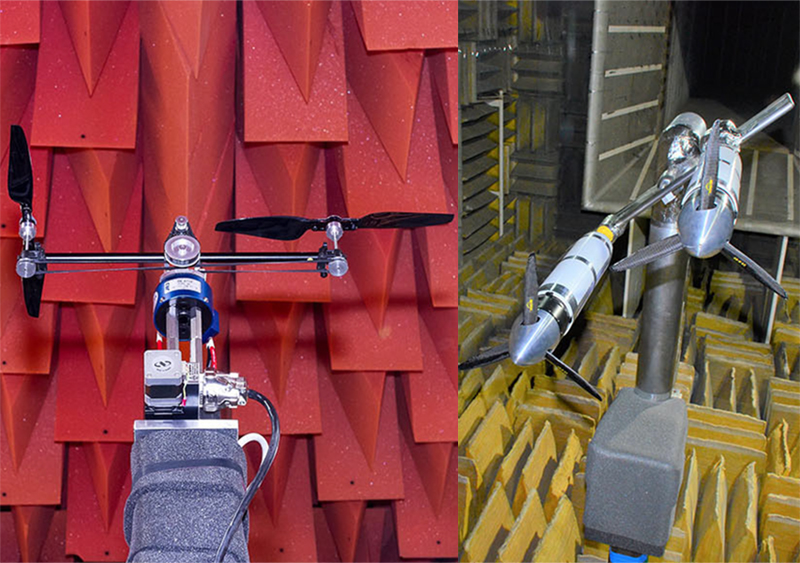NASA's Multirotor Aircraft Noise Reduction Webinar
NASA researchers have developed a phase-locked rotor system to reduce noise in multirotor aircraft. Multirotor aircraft typically create a significant amount of tonal noise from each rotor. Groups of rotors operating at the same rotation rate with an appropriate phase offset can be used to reduce the tonal noise of the aircraft when there are multiple rotors on each side of the aircraft. Reducing tonal noise, depending on the aircraft design, can effectively reduce the total noise output for a given flight scenario. Aircraft can be designed with this technology to prioritize quieter take-off and landing, or can be designed for decreased noise in cruise. Existing designs may benefit from this technology as well, but what type of benefits can be gained depend on the design of the aircraft. Using this method, multiple rotors can be significantly quieter than a single rotor, without sacrificing thrust. This novel technology can be applied to everything from hobby drones to air taxis.
To learn more about the technology, please click here.
During the webinar, you will learn about this new technology as well as how NASA’s technologies and capabilities are available to industry and other organizations through NASA’s Technology Transfer Program.

Noah Schiller is a Senior Research Engineer in the Structural Acoustics Branch at the NASA Langley Research Center in Hampton, VA. He has advanced degrees (M.S., Ph.D.) in Mechanical Engineering from Virginia Tech, and has worked on noise and vibration control technologies for the past 15 years. He is a member of the Vertical Flight Society (VFS), American Institute of Aeronautics and Astronautics (AIAA), and American Society of Mechanical Engineers (ASME). He is a past chair of ASME’s Noise Control and Acoustics Division, has authored or co-authored more than 50 papers, and holds 2 patents with 2 additional patents pending.




